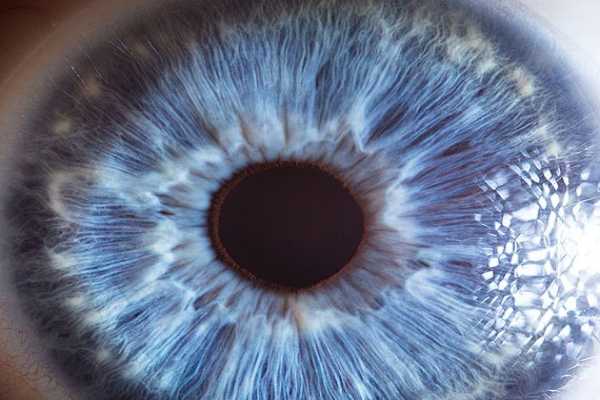Published on the 21/04/2017 | Written by Newsdesk

How automation will help solve health challenges of the future…
With fears over the capacity of health infrastructure and overworked doctors to cope with the burgeoning care demands of growing – and older – populations, the likely answer to the challenge will lie in the application of technology. A further demonstration of the ability for technology to drive efficiency comes from IBM. It has released the results of new research which it said uses deep learning and visual analytics for early detection of an eye condition which affects diabetics.
The results classify the degree of severity of diabetic retinopathy (DR) in an image of an eye.
The research found that a new method created by an IBM team achieved an accuracy score of 86 percent in classifying the severity of the disease across five levels recognised on the international clinical DR scale.
By quickly and accurately identifying the presence and severity of diabetic eye disease, IBM said in a statement, the research could help doctors and clinicians have a better view of disease progression and determine treatment.
DR is one of the world’s leading causes of blindness and affects one in three of the 422 million people who suffer from diabetes globally. If left untreated, diabetic eye disease can lead to permanent blindness, however early detection and treatment can reduce the risk of blindness by 95 percent.
For those of a technical bent, the technology was trained to identify lesions by ‘examining’ some 35,000 eye images to indicate damage of the retina’s blood vessels and assess both the presence and severity of the disease. The method for classifying the severity level of DR combines deep learning techniques and convolutional neural networks (CNN) with dictionary-based learning to incorporate DR specific pathologies.
“The alarming projections of the number of patients with diabetic retinopathy have major implications for the health system. The loss of vision from the condition can impose an enormous burden on the individual, including a loss of capacity to work and the need for intensive community support,” said Dr Peter van Wijngaarden, principal investigator at Centre for Eye Research Australia. “To substantially reduce the number of people unnecessarily losing vision from diabetic eye disease, there is a real need for innovation to improve effective screening of those who are at risk to enable early sight-saving treatment.”
Currently, DR is diagnosed through regular screening of diabetes patients, where an expert clinician examines specialised photography of the retina to identify the presence of lesions. Interpreting these images requires specialised training and is often a manual, time-intensive and subjective process to rate them for the disease presence and severity.
Emerging computer vision methods to identify and classify lesions in an image within 20 seconds could create new levels of efficiency, which could help clinicians screen a greater number of diabetes patients, and quickly refer those who need specialist care.
“Recent advancements in deep learning and image analytics technologies are showing significant promise in the potential to help solve some of the greatest health challenges we face today,” said Dr Joanna Batstone, VP and lab director of IBM Research Australia. “Automated and highly accurate DR screening methods have the potential to help doctors screen far more patients than currently possible.”



























